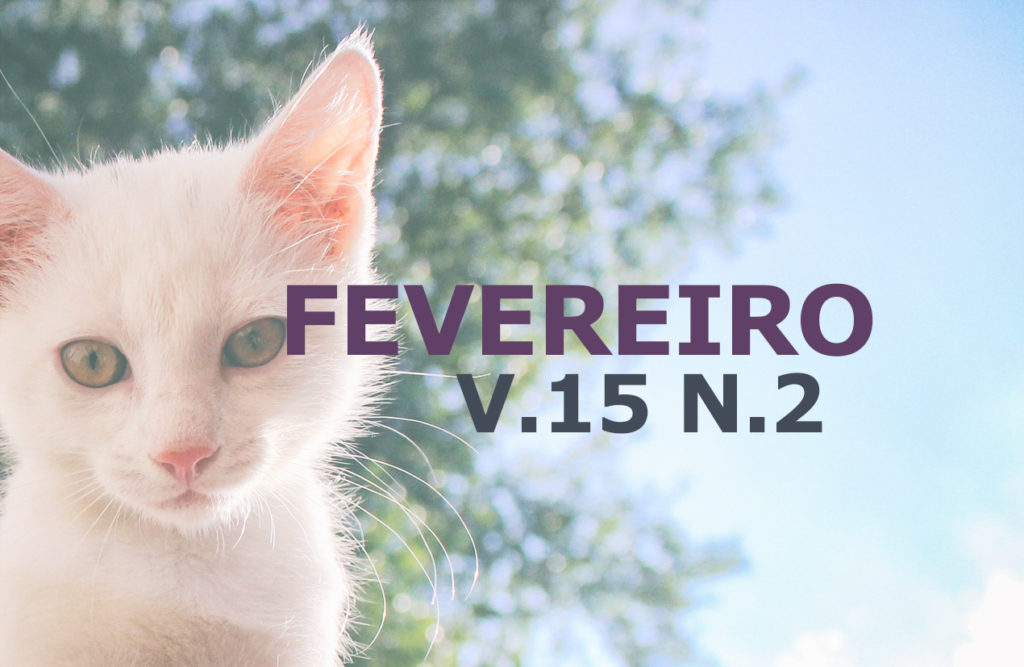Avaliação da viabilidade técnica econômica da terminação de machos da raça Holandês no oeste de Santa Catarina
DOI:
https://doi.org/10.31533/pubvet.v15n02a760.1-7Palavras-chave:
Alto grão, bovinocultura, confinamento, rentabilidadeResumo
O objetivo desse estudo foi avaliar a viabilidade técnica econômica da terminação de machos leiteiros da raça Holandês, alimentados com dieta de alto grão. Ao todo, 24 animais, com idade média de 60 dias e peso médio de 40,3 quilos (kg) foram desmamados e mantidos em confinamento até os 315 dias, quando foram abatidos em frigorifico comercial. Após o período de adaptação, a dieta composta 90% de milho grão inteiro e 10% Rumenature® (Agrifirm) foi fornecida duas vezes ao dia em cochos lineares. O acesso a água e feno era irrestrito. Os animais foram pesados mensalmente e os pesos, bem como custos para produção foram anotados e tabelados. Os bezerros apresentaram ganho de peso médio diário de 1,314 kg, peso médio de abate de 393,2 kg e rendimento de carcaça de 48,9%, (193,3 kg). Até o momento do abate, houve um custo de produção individual de R$ 1.555,35, com R$ 1.755,98 de receita, oriunda do abate dos animais. Dessa forma, o lucro individual foi de R$ 200,75, demonstrando que a terminação de machos de origem leiteira pode tornar-se uma alternativa ao descarte, gerando uma segunda renda dentro das propriedades leiteiras e preenchendo um novo nicho de mercado.
Downloads
Publicado
Edição
Seção
Licença
Copyright (c) 2021 Eduarda Cristina Sparremberger, Muriel Felipe Moras, Vandrigo Danelli, Ricardo Xavier Rocha, José Francisco Manta Bragança

Este trabalho está licenciado sob uma licença Creative Commons Attribution 4.0 International License.
Você tem o direito de:
Compartilhar — copiar e redistribuir o material em qualquer suporte ou formato
Adaptar — remixar, transformar, e criar a partir do material para qualquer fim, mesmo que comercial.
O licenciante não pode revogar estes direitos desde que você respeite os termos da licença. De acordo com os termos seguintes:
Atribuição
— Você deve dar o crédito apropriado, prover um link para a licença e indicar se mudanças foram feitas. Você deve fazê-lo em qualquer circunstância razoável, mas de nenhuma maneira que sugira que o licenciante apoia você ou o seu uso. Sem restrições adicionais
— Você não pode aplicar termos jurídicos ou medidas de caráter tecnológico que restrinjam legalmente outros de fazerem algo que a licença permita.





